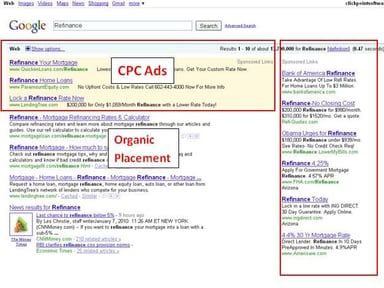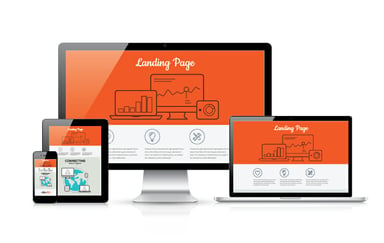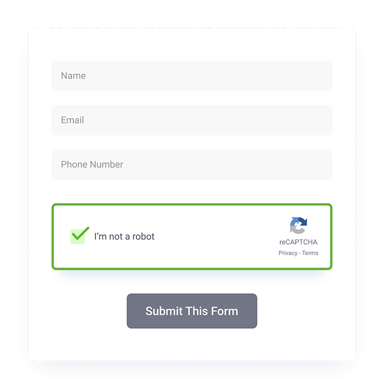Remote Training, Building Trust and Social Selling in 2022
Looking back to 2019, it seems unreal. Nothing compares to the series of unfortunate events that unfolded in the last few years. As an executive or salesperson, this period presented challenges that we need to confront with equal force to succeed. This article tackles the challenges we face and how we can meet these challenges head-on.
Adjusting to a Post Covid WorldAccording to Mckinsey, 80-90% of sales teams work remotely. In a post COVID world, this trend isn’t declining anytime soon.
Companies now invest more in inside sales departments, where remote salespeople can work anywhere. As the hunt for qualified sales applicants becomes more competitive, companies must prepare to find the best talent, no matter where they reside. This change means your sales managers must be ready to adopt remote training, remote check-ins, and harness software that helps track and assist these inside sales teams remotely.

1. Remote Training and Accountability
E-learning and software solutions engage your salespeople and help them adopt the training previously done in person, as a team, or shadowing. It isn’t easy to track salespeople in a remote environment. In the past, salespeople could ask questions face to face after a sales presentation. Remote work makes it challenging to get time with managers between appointments and calls. Make it a point to coach your sales leaders to make time for questions, check-ins, and gated steps for learning material.
We use Slack and have set up channels to ask sales-related questions, and we’ve created Confluence help guides that contain our sales playbook, obstacles, objections, and supporting sales material. This information must be accessible online, and there need to be collaboration tools for ongoing learning opportunities. Existing salespeople will need to help the rest of the team by tracking new obstacles in the library your team shares.
- Remote salespeople are here to stay, adapt to training sales teams and keep them engaged with collaboration tools.
- Invest in e-learning tools to help remote salespeople learn about your products and services.
- Make sure your sales leaders and trainers spend adequate time making themselves available to their remote reports for questions, role-playing, and objection handling.
2. Building Trust In A Remote Environment
According to Zen Desk Sales Trend Report, 41% of sales leaders say their customers want to communicate digitally. This insight means face-to-face sales presentations are becoming a thing of the past.
Companies that quickly adopt digital sales will win in this new era. The key objectives here are to provide ways for your customers to purchase your products digitally. To do that, you need to earn trust through your digital content, social reputation, customer reviews & testimonials that help move the needle. Digital sales can mean using a digital e-sign solution to capture consent after a phone or Zoom conference, or it could mean the buyer completes a trial or sale through a mobile device.
This change in buyer behavior doesn’t mean there aren’t helpful salespeople to assist with the sale, presentations, demonstrations, or answer questions. It means that your sales team has to adapt to being a valuable resource and not aggressive and pushy.
See also: How to Be Helpful, Listen and Ask the Right Questions
Buyers are more informed than ever; review sites mean salespeople must adapt. Buyers expect salespeople to be informed, empathetic, helpful, not pushy and deceptive.
Companies should be transparent with pricing and not manipulate pricing to coerce a sale. Buyers prepare before contacting you and have usually researched your company; make sure your salespeople research each client opportunity.
- Hire and train salespeople to use active listening and be helpful with a customer-centric approach
- Be transparent with your pricing, and feature positive customer reviews
- Work to improve available research, case studies, and information that guides decisions that are less product-focused and more value-focused.
Additionally, make sure your mobile experience is up to par, and provide ways for the customer to interact through chat services like Intercom or Drift. If possible, these solutions should not be bot-driven; you should create a more personalized experience by having human interactions.
- Analyze your web properties and find opportunities for digital interaction between potential customers and sales.
- Update your mobile experience as more buyers move to mobile devices to research and interact with your company.
- Personalize interactions as much as possible to avoid automated bots and services that do little to strengthen your value in being helpful.
3. Improving Social Selling Techniques
Did you know that according to Linkedin, 78% of salespeople who use social selling outsell their peers who have yet to adopt this new trend?
Social selling is becoming more popular with buyers and salespeople as more buyers want to engage digitally. Every salesperson needs training in LinkedIn and other social media selling techniques with social selling. Social selling means your salespeople understand how to maximize their effectiveness with social platforms and that your marketing team has created a solid brand to establish their credibility.
According to a FinancesOnline sales trends report, social selling drastically reduces contact time by 39%, increases leads by 33%, and improves lead conversion by 24%.
If you are in B2C, your salespeople should leverage NextDoor. On NextDoor, people request references from their neighbors. These opportunities are perfect for the social salesperson to throw their hat in the ring - but only if your company can back them up with positive social proof, branding, and a solid mobile and web presence.
In B2B, your salespeople should be active on sites like Facebook Groups, Quora, LinkedIn, or any place where potential customers might start a conversation around problems your company solves. With B2B, it takes a little more finesse than simply jumping into a discussion with an “I’m your guy” approach. Your salespeople should have verified research-ready topics to discuss when conversations come up and understand the nuances of entering a conversation and speaking with mastery of project topic expertise. Customers are smart enough to research your salesperson and look at their credentials.
These challenges are just a few of many to consider as we head into the second quarter of 2022. It’s an excellent starting point to get your team ready for the obstacles they’ll face throughout the year. We will see additional challenges that we can’t yet predict, and we need to get ahead of them. The world is moving fast; responding quickly is no longer optional.




